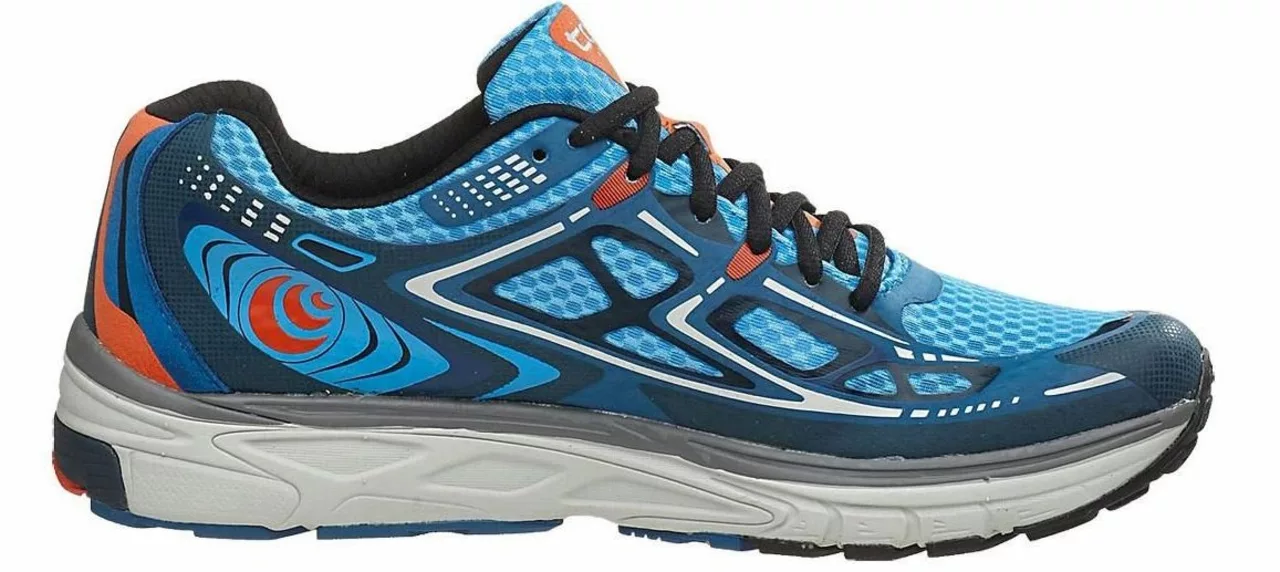Running in Motorsport: Practical Tips and Real Stories
If you think running only belongs on a track with shoes, think again. In motorsport, running—whether it’s sprinting to the pit, dodging obstacles on a rally stage, or staying fit for endurance races—is a crucial part of the game. Below you’ll find easy‑to‑use advice and real examples that can help anyone interested in combining speed on foot with speed on wheels.
Why Running Matters for Drivers and Crew
Most people picture a driver calmly sitting behind the wheel, but the reality is far more physical. A driver needs a strong heart, quick reflexes, and the stamina to survive long stints, especially in events like Le Mans or rally raids. Crew members also run back and forth, changing tires, refueling, and checking safety equipment. Even a short burst of running can keep the blood flowing and sharpen focus, which translates to faster lap times and fewer mistakes.
Simple Training Routines You Can Start Today
1. Interval sprints. Run 30 seconds at full speed, then walk for a minute. Repeat five to ten times. This mirrors the short, intense bursts you face when navigating a tight corner or sprinting to the pit lane.
2. Hill repeats. Find a gentle hill and run up for 45 seconds, jog down, and repeat. The incline builds leg strength useful for handling high‑g forces in a car.
3. Core circuits. A strong core helps you stay upright during high‑speed turns. Do planks, side planks, and bicycle crunches for three sets of 30 seconds each.
4. Dynamic stretches. Before any run, swing your legs, do lunges, and rotate your torso. This prepares the muscles for sudden movements, just like when a driver has to quickly react to a change on the track.
5. Cool‑down jog. End each session with a slow 5‑minute jog and light stretching. It aids recovery and reduces soreness, keeping you ready for the next practice or race day.
These routines need only 20‑30 minutes a day and can be done on a treadmill, a park path, or even a garage floor.
Beyond the workouts, listen to your body. If you feel breathless or cramped, take a break. Consistency beats intensity when you’re balancing running with driving practice or a full‑time job.
Many racers share their own stories online. For example, a young driver from San Francisco told us how interval sprints helped him shave seconds off his lap times at a local circuit. Another crew chief said hill repeats improved his speed when transporting heavy brake pads across the pit lane during a 24‑hour endurance race.
Running also equips you with mental toughness. The discipline of sticking to a routine translates to better focus during long stints, where fatigue tries to creep in. When you push through a tough run, you train your mind to stay alert even when the car’s engine roars and the crowd shouts.
So, whether you’re a driver aiming for the podium, a mechanic racing against the clock, or a fan who wants to feel the rush, adding regular running to your schedule can boost performance on the track. Grab a pair of shoes, set a timer, and start moving—your next lap could be faster thanks to a simple run.

Do racing shoes really make a difference?
Racing shoes can make a real difference for serious athletes. Whether you're running a marathon or competing in a track event, the right shoes can help you perform at your best. The right shoes can provide more support, cushioning, and traction, all of which can help you run faster, jump higher, and stay injury-free. It's important to find a shoe that fits your foot and your specific event, so you can stay comfortable, agile, and confident during competition. With the right racing shoes, you can take your performance to the next level.
read more

